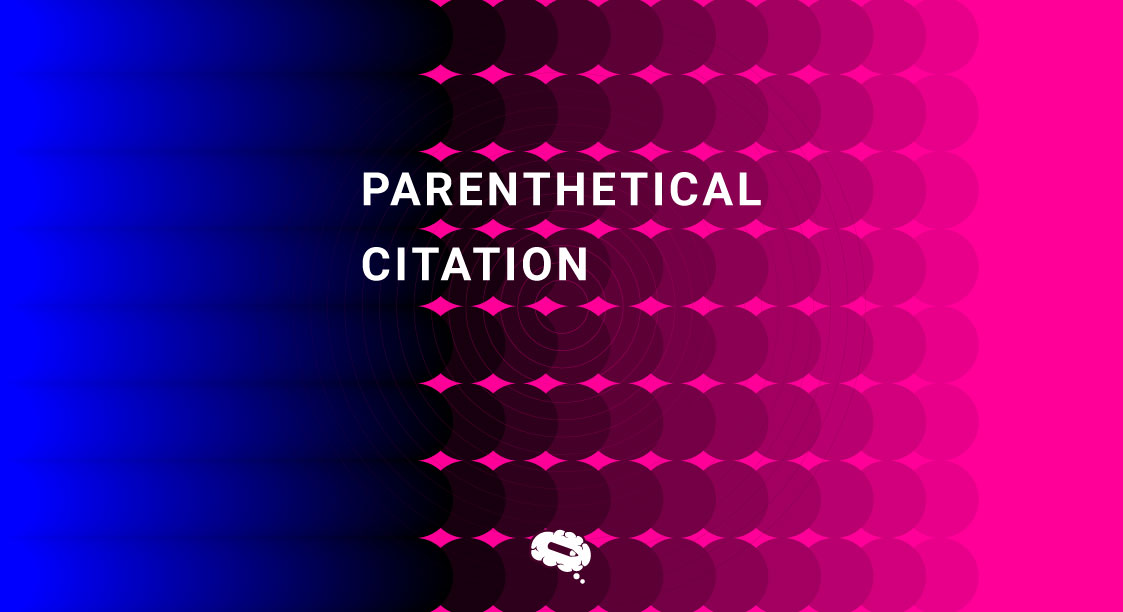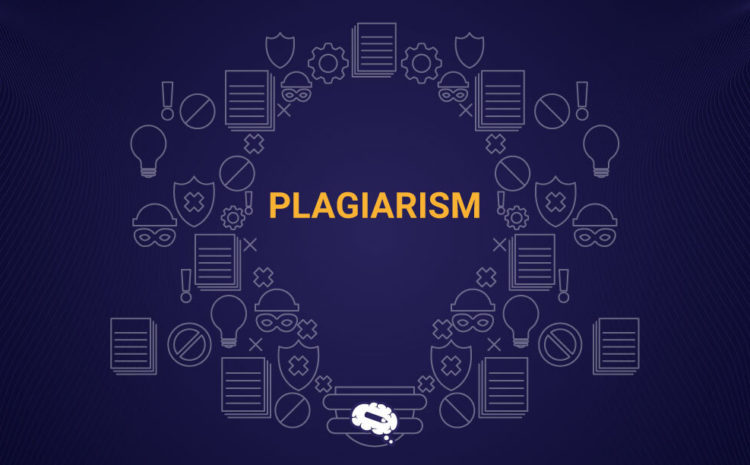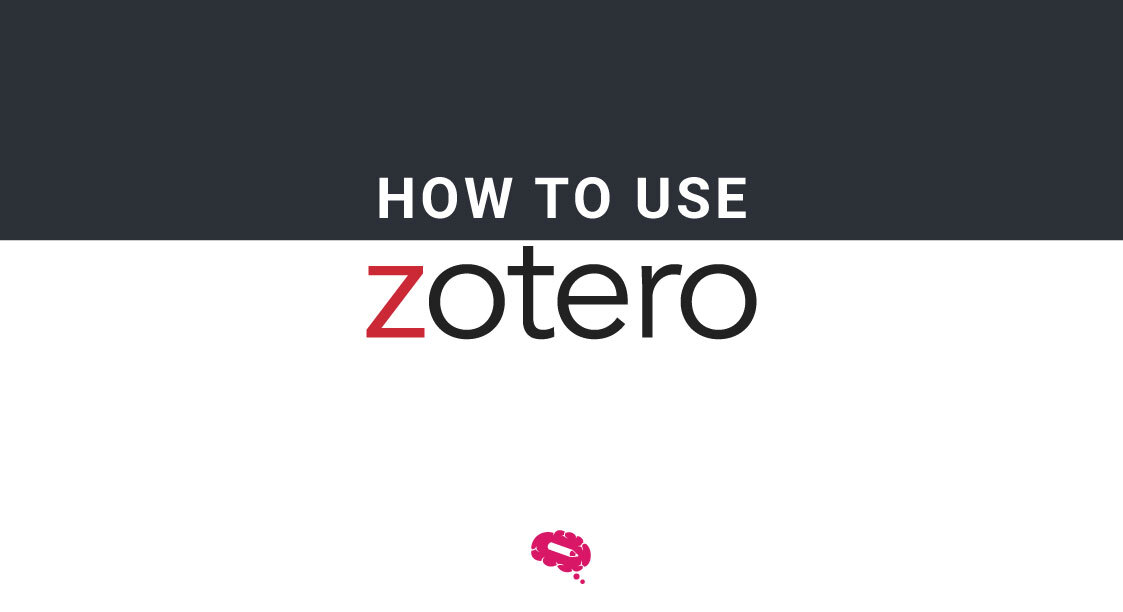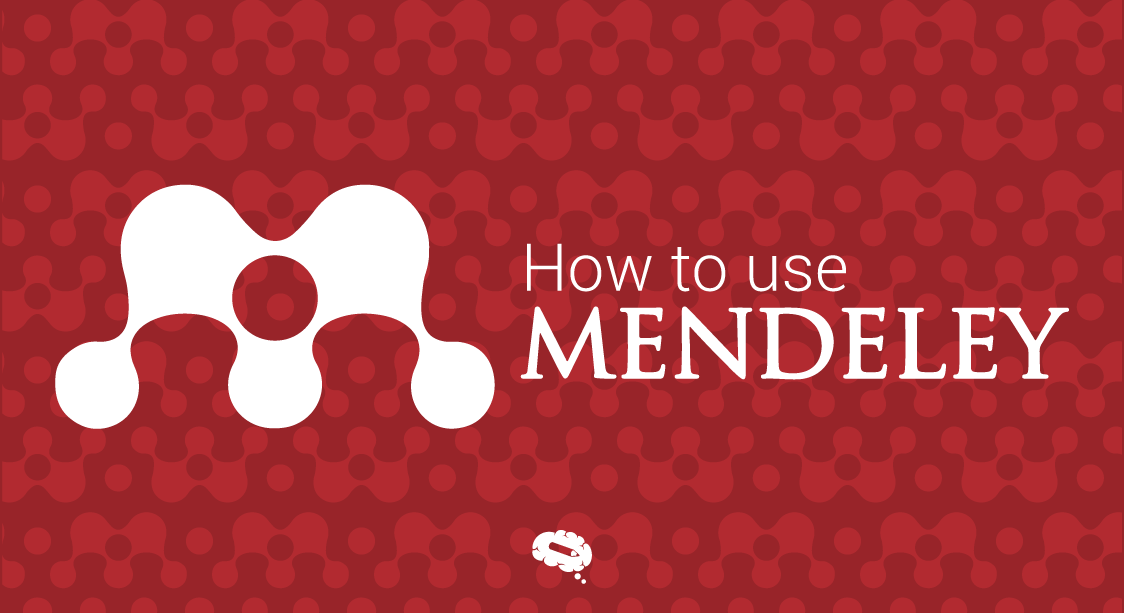Professional and academic writing require proper citation not just as a matter of formality, but also as a cornerstone of credibility. Plagiarism is a major cause of academic papers being retracted for misconduct. Citations must be accurate and consistent to be effective.
This blog will explore parenthetical citations, a common source attribution method in various writing styles. Using parenthetical citations properly can enhance both the credibility and readability of your work and your credibility as a writer. To maintain the integrity of your writing, whether you are a student, researcher, or professional writer, you must master the art of parenthetical citation. So let’s get started!
What Are Parenthetical Citations?
Parenthetical citations, also known as in-text citations, guide readers to a full citation of a source listed in a bibliography or works cited section. The citation usually includes the author’s last name and page number (if applicable), enclosed in parentheses. A parenthetical citation in MLA style might look like this: (Smith 23).
A parenthetical citation serves several purposes in writing:
- Giving Credit to Sources: In your work, you acknowledge the original authors of your ideas, data, or quotations. Readers can also locate the original sources through this practice while respecting the intellectual property rights of other authors.
- Avoiding Plagiarism: By clearly indicating which parts of the text are derived from other works, parenthetical citations help prevent plagiarism, which is the unethical act of presenting someone else’s work or ideas as your own. Academic integrity requires proper citations. Also read: Plagiarism: What You Should Know and The Best Ways To Prevent It
- Enhancing Credibility: Your arguments are more credible when they are backed up by credible sources. You can strengthen your arguments by demonstrating that your claims are backed by established research or expert opinion.
As a whole, parenthetical citations are essential in academic and professional writing for ensuring proper attribution of sources and the trustworthiness of information.
Different Styles Of Parenthetical Citations
MLA Style
A common style in the humanities is the Modern Language Association (MLA), especially in writing about literature and language. The author’s last name and the page number are included in parenthetical citations in MLA style. For example, (Smith 10). If the author and page number are not provided, the citation should include the author’s last name and the page number of the work being cited.
Format and Rules
- Parenthetical citations should be placed before periods at the end of sentences.
- Between the author’s last name and the page number, do not include a comma.
- You should only include the page number in parentheses if the author’s name appears in the sentence.
Example
- Text without author’s name: (Smith 123).
- With the author’s name in the text: Smith states that “…” (123).
For more information about MLA Style, read: A Writer’s Guide to MLA Format: How to Get It Right
APA Style
It is common for social scientists to use the American Psychological Association (APA) format. Authors’ last names, publication years, and page numbers are included in APA parenthetical citations. The source must also be included in the reference list. The reference list should be in alphabetical order and should include the author’s last name, first initial, year of publication, title of the source, and publisher.
Format and Rules
- Parenthetical citations should be placed before periods at the end of sentences.
- When you separate the last name of the author and the year of publication, use a comma.
- Put the publication year and page number in parentheses after the author’s name if the author’s name is mentioned in the sentence.
Example
- Without the author’s name in the text: (Smith, 2023, p. 123).
- With the author’s name in the text: Smith (2023) states that “…” (p. 123).
For more information about APA Style, read: How to Make Citations using APA Formatting: A Guide
Chicago Style
In the Chicago Manual of Style, citations can be made using either the Notes and Bibliography system or the Author-Date system. Parenthetical citations in the Author-Date system include the author’s last name, the publication year, and if applicable, the page number. The citations should be formatted in a consistent manner, with the author and date appearing in parentheses. The page number should be included only if the source is cited more than once.
Format and Rules
- Before the period, place the parenthetical citation at the end of the sentence.
- To separate the last name of the author, the publication year, and the page number, use a comma.
- If the author’s name is mentioned in the sentence, include the publication year immediately after the author’s name, and place the page number in parentheses at the end of the sentence.
Example
- Without the author’s name in the text: (Smith 2020, 123).
- With the author’s name in the text: Smith (2020) states that “…” (123).
For more information about Chicago Style, read: Chicago Style Citation Made Easy: Formatting and Examples
Vancouver Style
In the biomedical and health sciences, the Vancouver style is commonly used. Vancouver style parenthetical citations are numerical, corresponding to a numbered reference list. The list appears at the end of a paper. Each citation includes the author’s last name and the publication date. The citation also includes the page number for a direct quote.
Format and Rules
- Citation numbers should be placed within parentheses or brackets.
- References should be listed in sequential order, according to the reference list.
- Cite the same source consistently throughout the document if you cite the same source more than once.
Example
- “The study found that…” (1).
- If multiple sources are cited in one sentence, list the numbers in ascending order: “Several studies have shown this effect (1, 2, 5).”
The correct application of these citation styles will ensure your work adheres to the appropriate guidelines in your field, enhancing its credibility and readability.
Common Mistakes To Avoid
Incorrect Formatting
In academic writing, incorrectly formatted citations are a common mistake. Citations within the text should follow specific rules according to each citation style. As an example, MLA style specifies that the author’s last name and page number do not need to be separated with a comma: (Smith 23). A comma separates the author’s last name, the year of publication, and the page number in APA style (Smith, 2020, p. 23). Following your style guide, you should pay attention to these details when formatting your citations.
Incomplete Information
The credibility of your work can be undermined by incomplete citations. In the reference list or works cited page, every parenthetical citation should provide enough information to allow the reader to locate the corresponding entry. Likewise, if (Smith) is written without a year or page number (as required by the style), the reader is left in the dark. You should always include all necessary information in your citations, such as the author’s name, publication year, and page number.
Using Too Much Or Too Little
It is crucial to balance the number of citations in your work. It can be cumbersome and distracting to use too many citations in your text. On the other hand, underusing them can raise questions about your work’s credibility and originality. Cite any ideas, data, or direct quotes from others, but avoid citing obvious or widely known information. Maintaining the right balance between crediting your sources and maintaining the flow of your writing is important.
Tools And Resources
Citation Generators
Your parenthetical citations can be more accurate and save you time when you use reliable citation tools. The following citation generators are recommended:
- Zotero: A free, open-source tool that helps you collect, organize, cite, and share research. You can manage your citations with Zotero by integrating it with your web browser and word processor.
- Mendeley: Another free reference manager that allows you to organize your research, collaborate online, and discover the latest research. Mendeley generates citations and bibliographies in a variety of styles, including Vancouver, MLA, APA, and Chicago.
- EndNote: A premium reference management tool that offers advanced features for organizing and citing research. Because of its comprehensive features, EndNote is widely used in academic and professional writing.
- Citation Machine: A free online tool that helps you create citations in MLA, APA, Chicago, and other styles. For quick, on-the-go citations, Citation Machine is ideal.
- BibMe: Another free online citation generator that supports multiple citation styles. A handy all-in-one tool for writers, BibMe also has grammar and plagiarism checks.
Guides And Manuals
It is recommended that you consult the following style manuals and guides if you are looking for authoritative guidance on proper citation practices:
- MLA Handbook (9th Edition): The Modern Language Association’s official guide to MLA style, covering all aspects of research and writing. It provides detailed instructions on how to create a works cited page and parenthetical citations.
- Publication Manual of the American Psychological Association (7th Edition): The official APA style guide, essential for writers in the social sciences. The guide provides comprehensive in-text citation, reference, and formatting guidelines.
- Chicago Manual of Style (17th Edition): The definitive guide for Chicago style, used widely in the humanities. A thorough explanation of citation practices, including parenthetical citations and footnotes, is provided in this manual.
- Purdue OWL (Online Writing Lab): A valuable online resource that offers extensive writing and citation guides. The Purdue OWL provides examples and practical tips for MLA, APA, and Chicago styles.
With these tools and resources, you can ensure your parenthetical citations are accurate, consistent, and properly formatted, enhancing the overall quality of your writing.
Utilizing Mind The Graph’s tools to make Graphical Abstract
Dive deep into your research and effortlessly craft engaging visuals that captivate your audience’s attention while also saving you time to make them visually appealing. From intricate data sets to complex concepts, Mind the Graph empowers you to create compelling infographics that resonate with readers. Visit our website for more information.

Subscribe to our newsletter
Exclusive high quality content about effective visual
communication in science.





